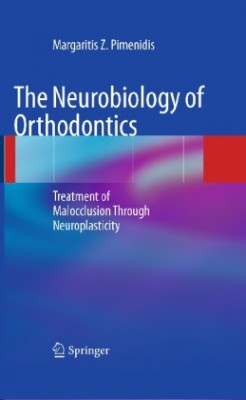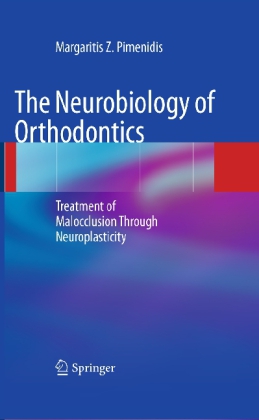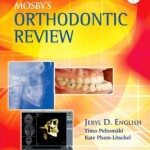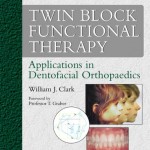 By
By
Margaritis Z. Pimenidis, D.D.S., M.D., M.S.D., Ph.D., Private Practice, Athens, Greece
Book Description
Editorial Reviews
Review
Customer Reviews
Very disappointing., November 1, 2009
The title of the book was very promising. Neurobiology is the future of all branches of medicine and dentistry. It appears that the author published an academic graduate assignment, which consisted of compiling a cluster of research papers and books that point into the field of neurobiology. Even with this view in mind, the task (thesis?) was executed poorly.
The most frequently cited references are from the early 1970’s and earlier. The author added his own conclusions about what he had read without supporting them with current research. It is unfortunate that a book printed in 2009 refers mostly to research from 40 years ago. Has nothing happened in the field of neurobiology? Well, recent research in the field of ontogeny in general and topics from anthropology to molecular biology suggest a different reality. These are exciting times. However, the author appears to have ignored most recent research and repetitively cites the same more recent books (separating chapters as different sources) over and over again. He liked two books particularly.
What is the price for this book? I paid $180. When I received the book, I was shocked: one page of illustrations. The rest contains chapters of compiling nature with heavy interpretations by the author. This condensed tiny book has 138 core pages in small print. The price already went down to $150. We will see where the price will be in three months.
I bought the book as a compilation of references in the field and it might not even live up to that expectation because of the lack of more recent papers. The author’s “personal interpretations” sets a bad example for research. While it becomes increasingly evident that many fields of biology will eventually have to merge their data to mutually benefit from years of research, it also constitutes a responsibility for the author who endeavors to unite research of different disciplines. It cannot be done the lazy way.
Honorable intention, bad realisation, October 15, 2009
I was very anxious to read this book with the appealing subtitle” treatment of malocclusion through neuroplasticity”. The first impression: there are no illustrations relating to the many neurobiological facts presented. Only two orthodontic pre- and post treatment pictures, that is all. The text has too many repetitions, is apparently based on a few books, and is not well conceptualized. Often it seemed to me that some chapters are collected lectures being strung together in an incoherent way.
The price ( roughly one Euro per page) is not justified. No information about the author is given. Why?
Nevertheless, in spite of the disappointing realisation of this promising topic I do appreciate the honorable intention to sensitize the dental world for the neuroplastic changes which occur after every dental treatment, being very skeptical however about the term ‘ treatment of malocclusion “through” neuroplasticity’.
May be a better concepted book of the author can convince me.
Dr. HW Weisskircher, Igel, Germany
Product Details
- Hardcover: 166 pages
- Publisher: Springer; 1st Edition. edition (September 29, 2009)
- Language: English
- ISBN-10: 3642003958
- ISBN-13: 978-3642003950
- Product Dimensions: 9.3 x 6.2 x 0.5 inches
- Shipping Weight: 14.1 ounces
Download
Download here
Password : skdjhdsiudisauydasiydas8odas8oydaostsyeiae7taidgaskdgiqwteagdkjasdasd
Dental eBooks’ Library












link does not work
fixed